The secrets of Dover Castle – and how it kept the French at bay

“England’s got a lot of castles, but this one has the richest, deepest history of them all – and it’s a front-line, action story,” says Paul Pattison, the English Heritage historian, as we stand surrounded by medieval walls and Napoleonic-era barracks. “It encompasses English history from the Iron Age to the Cold War, and now we are opening a new chapter to the public – a whole extra section of the castle.” He looks around, adding: “The French broke through the defences where you are standing now. Here the fight for the castle raged. This country’s story could have been so different.”
We are at Dover Castle, more than 800 years after that French attack. It happened in 1216 with England in the grip of civil war (I thought we had only one, so I’m learning already). The Magna Carta had been signed by King John but then ignored, so two-thirds of England’s barons were rebelling. They had invited the French Dauphin “Louis the Lion” to take the English throne – a move that led to the First Barons’ War.
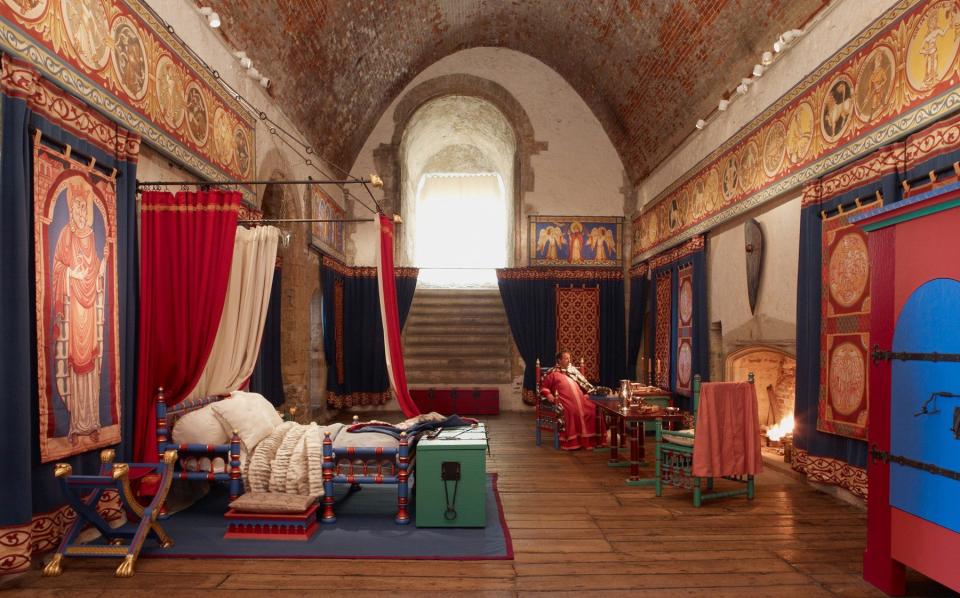
Dover was a royal castle. Built on what almost certainly began as the earthworks of an Iron Age fort atop the White Cliffs of Dover, it has a remarkable Roman pharos (lighthouse) and a large millennium-old Saxon church within its walls, but the castle we see today was first constructed by Henry II from 1180-89. Climbing the steps into his Great Tower (its exterior reminiscent of the Tower of London), I find myself surrounded by colourful fabrics and brightly painted furniture that look strikingly modern. “Colour was status,” the room guide tells me. “Dyes were expensive and this was a show-off castle.”
Henry, it seems, built it primarily for receiving high-status guests from the Continent – just 34km (21 miles) away across the water. But he wasn’t taking chances. The tower also has bow slits, a crenellated rooftop (with fabulous views) and a well on the second floor that drops 122m into the earth (skilled 13th-century engineering!) – all crucial if under siege. As the castle was in 1216 when it was considered “the key to England” and a strategic necessity of any invasion.
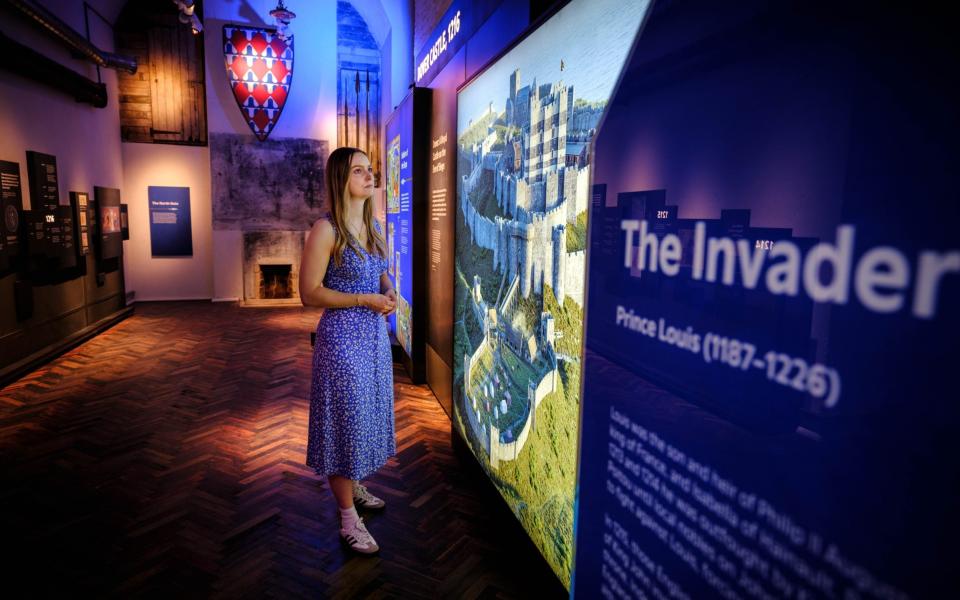
The new Dover Castle Under Siege experience, opening next week, has three elements. There’s an all-wood children’s playground including a near-life-size siege engine where youngsters can haul back the catapult (as medieval soldiers did). It doesn’t fire ammo (thankfully) but does register how far your siege ball would have travelled. Next is a four-room multimedia exhibition set within Georgian casemates – bombardment-proof barracks built in 1797 in fear of another (Napoleonic) French invasion. Succinct videos reveal the 13th-century history, using visuals inspired by manuscripts of the time. You can even fire a crossbow (with the help of a laser), before heading underground.
Louis broke through the castle walls, but he was beaten back. The castle held – just. Once the First Baron’s War was over, vast sums were spent on improving Dover’s defences in the form of underground tunnels – recently opened to the public – designed to allow the rapid, safe and secret resupply of a vulnerable landward fortification: the medieval barbican now called The Spur. At first the tunnels are neatly brick-lined and white-painted, dating to the Napoleonic wars, but soon the walls darken, floors ramp downwards and we are taken inside the post-siege construction of 1217-1230. The tunnels are surprisingly spacious – almost more like church naves than soldiers’ subterranean runways. “They were built by royal masons,” says Pattison, “they did it properly.”
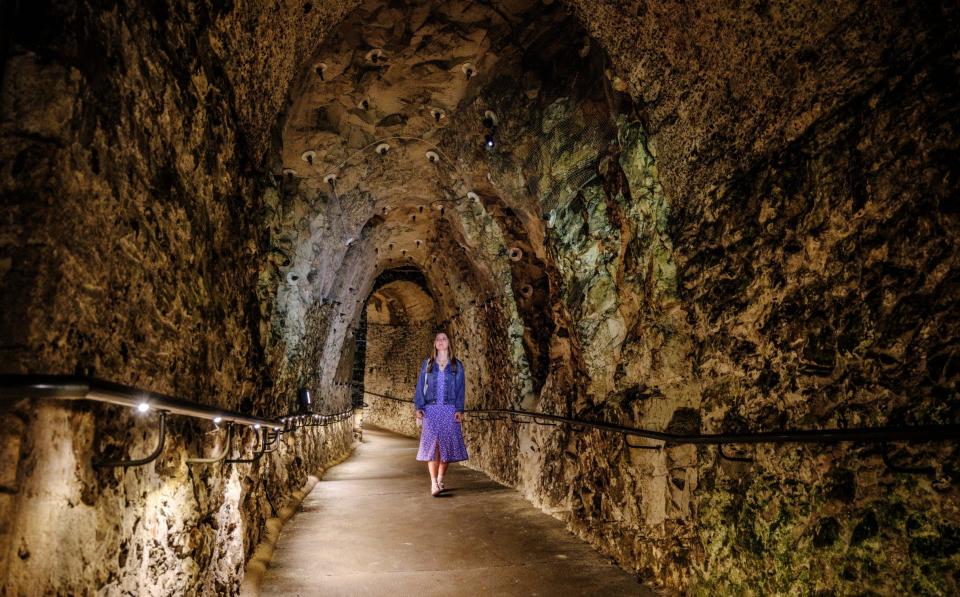
We soon arrive inside St John’s Tower (built at the same time) and exit into the defensive ditch, now thick with biodiversity-encouraging grasses. We stare up at the bastions above, before following more tunnels to a Georgian guardroom. Here are “18th-century remote controls,” says Pattison – a clever and unusual system of levers and pulleys built in the 1790s that operated five heavy doors to quickly shut off the tunnels in case of attack. “There was a very real fear of invasion at this time, just like in the 13th century,” he adds, “People used to come out onto the White Cliffs with telescopes and could see the French camps just across the water.”
The tunnels end at the triangular Spur – never before open to visitors. The view looking back at the castle is spectacular: the Great Tower rising at its heart, the inner and outer bailey walls, the deep ditch, medieval towers, 18th-century caponiers (hidden cannon arcades) and the 13th-century Constable’s Gate, “the largest and most sophisticated medieval gatehouse left in England.”
“This is the enemies’ viewpoint,” says Pattison, “the ‘let’s just go back to France’ moment. It really brings home the difficulty of besieging this castle and the extraordinary achievement of building it – all by hand.”
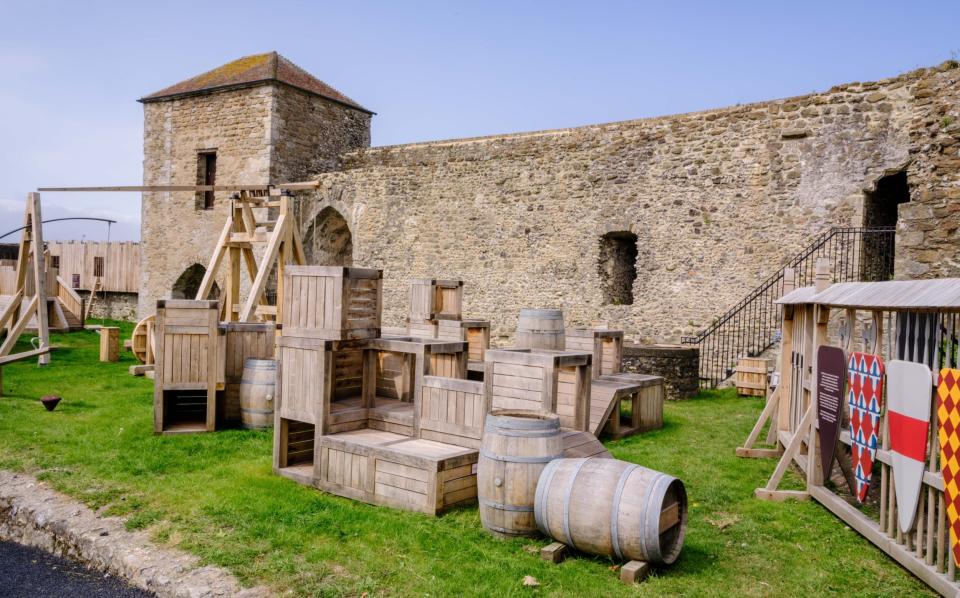
That era of manual construction is not the whole story, however. When the threat from French territory resurfaced during the Second World War, so did the value of Dover Castle’s elevated coastal position and deep secret tunnels. There are two related tours – into the subterranean hospital constructed in 1941, and to the command tunnels of Operation Dynamo, the Dunkirk evacuation. There is so much to do here I only have time for one, so opt for Dunkirk.
The tour begins in the Napoleonic-era tunnels, a hideaway for some 2,000 men in the 1790s and marked with early graffiti. Repurposed and extended in 1939, this complex housed secret command centres for all three Armed Forces. Through archive footage and the voices of veterans projected into the very spaces where the Dunkirk evacuation was initiated, we take an emotional journey through the suffering, risk and eventual rescue of more than 338,000 Allied servicemen. It was a retreat, but also a victory – if all those men had been lost, how different (once again) might this nation’s story have been?
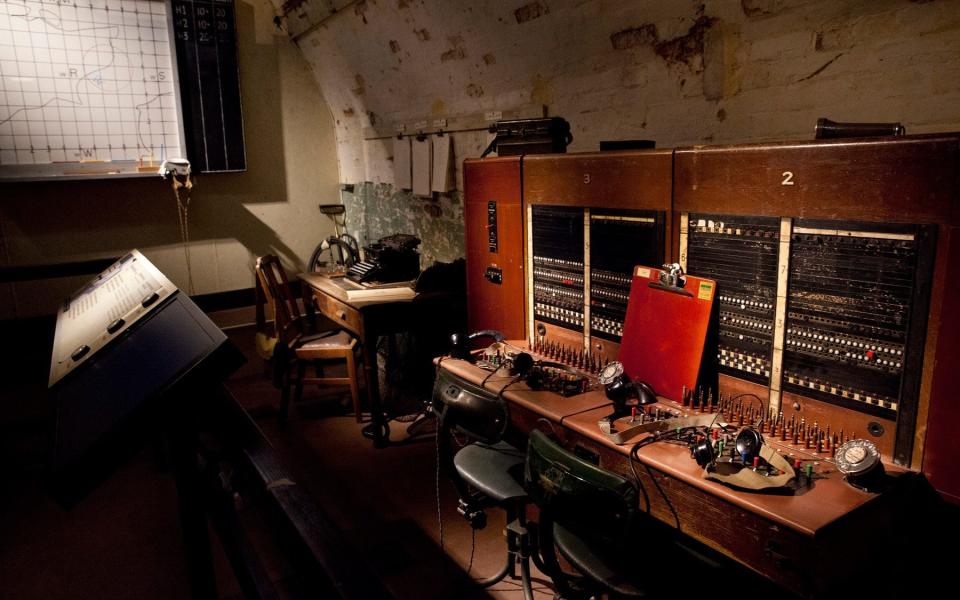
On my way out, I notice a doorway to the still-lower Dumpy Level. Here hid a government nuclear bunker, only decommissioned in 1982. This marked the close of Dover Castle’s extraordinary eight centuries at the heart of England’s defence. Or so we must hope.
Dover Castle is just a 20-minute walk (uphill) from Dover Priory station (an hour by fast train from London). You can also stay here in a 13th-century tower or a 19th-century house (www.english-heritage.org.uk/visit/places/dover-castle).


